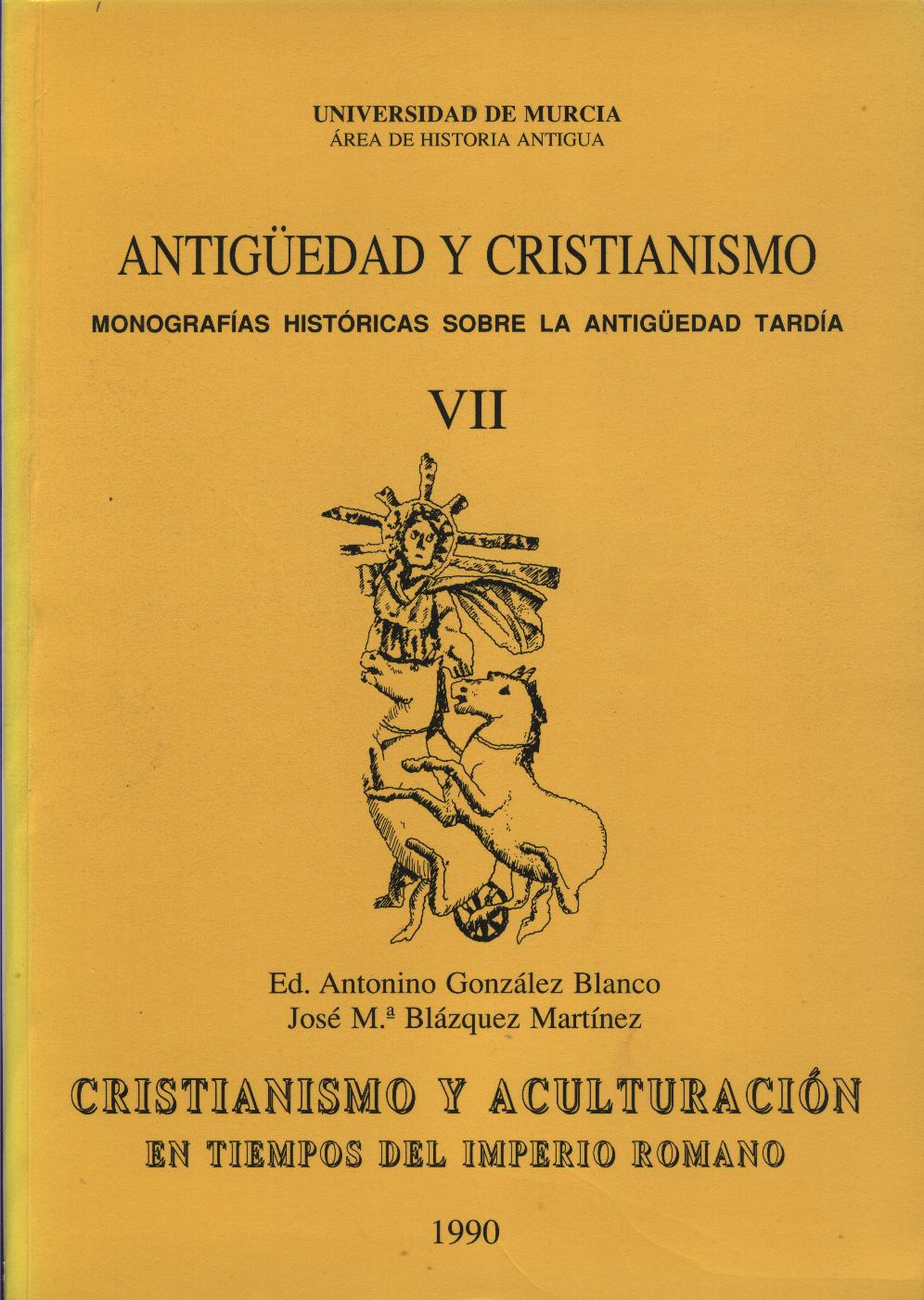La espiritualización del «Reino» en la línea de «aculturación» del Cristianismo dentro del Imperio Romano
Resumen
The «eterna! kingdom» promised by God to David according to the oracle of Natan (2 Sm 7), occupies practically all of the Old and New Testaments of the Bible. The characteristics of this kingdom were primarily political although the fínal aim was the establishment of a state of perfect righteousness on Earth. This promised eternal kingdom of David disappeared with no hope of its returning due to the Babilonian exile although the oracles of the prophets predicted their return in an apoteosical intervention by God. In his sermons Jesus of Nazareth preached the coming of the «Kingdom». For the popular mentality, this Kingdom had a great political promise which was the liberation from the tyranic Romans then occupying Palestine. Jesus was sentenced to death by the Romans accused of being a subersive politician and although the awaited kingdom, as they imagined it, never arrived they continued waiting. In the year 70 A.D., when the romans destroyed Jerusalem, the predicators preached the Christian message in Rome but now all the political aspects of the «coming Kingdom» had to be set aside if a frontal colisión with the Roman Empire was to be avoided. It was then when the spiritual Message of the kingdom was emphazised and the political aspects silenced. The «spiritualization of the kingdom» is a clear case of the phenomenon of aculturation when elements of the Jewish culture passed into the Roman culture where the «kingdom of David» did not have any meaning but a «spiritual kingdom» did.
Descargas
-
Resumen261
-
PDF920
1. Los autores ceden de forma no exclusiva a la revista los derechos de explotación (reproducción, distribución, comunicación y transformación).
2. Las obras que se publican en esta revista están sujetas a la licencia Attribution-ShareAlike 4.0 International (CC By SA 4.0). Por lo que se pueden copiar, usar, difundir, transmitir y exponer públicamente, siempre que:
i) se cite la autoría y la fuente original de su publicación (revista, editorial y URL de la obra), permitiendo así su reconocimiento.
ii) se permite remezclar, transfromar o crear a partir del material mientras se mantenga la misma licencia del original.
Nota: Los artículos anteriores a 2022 muestran incorrectamente la licencia CC by SA en la página de resumen. Están bajo una licencia CC by NC ND tal y como se incluye en los pdfs de los artículos. Los artículos publicados en 2022 y después están bajo la licencia CC by SA.

3. Condiciones de auto-archivo. Se permite y se anima a los autores a difundir electrónicamente las versiones pre-print (versión antes de ser evaluada) y/o post-print (versión evaluada y aceptada para su publicación) de sus obras antes de su publicación, ya que favorece su circulación y difusión más temprana y con ello un posible aumento en su citación y alcance entre la comunidad académica. Color RoMEO: verde.
























